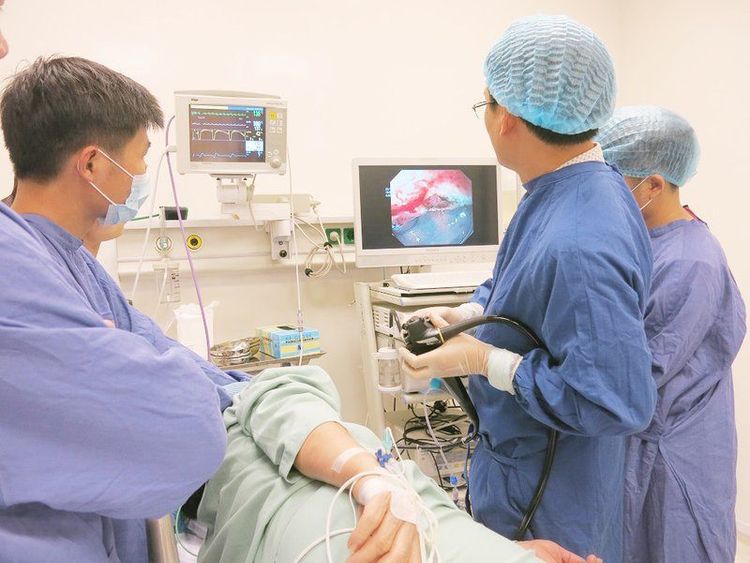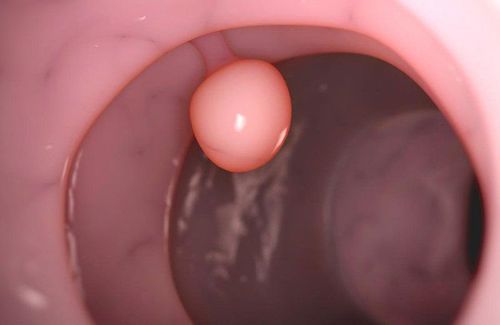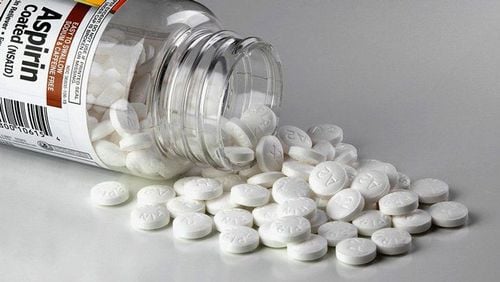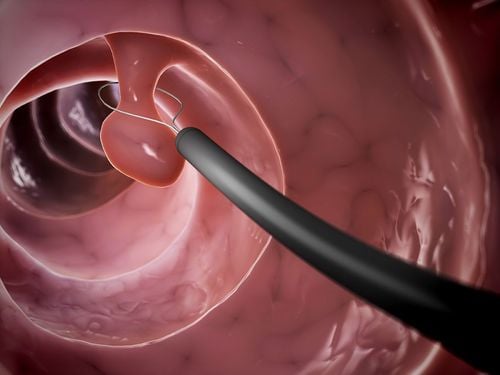This is an automatically translated article.
The article was professionally consulted by MSc Vu Van Quan - Department of General Surgery & Anesthesia - Vinmec Hai Phong International General Hospital.Emergency gastroscopy is the best method of diagnosis and treatment of gastrointestinal bleeding diseases. In general, endoscopy is the method of inserting an endoscope with a light, video recorder and medical devices into the intestinal lumen to take pictures, take samples, and remove tumors in the stomach or intestines. .
1. What is esophagogastroduodenal endoscopy?
Emergency esophagogastroduodenal endoscopy is the introduction of a gastrososcope through the mouth into the esophagus and then into the stomach and duodenum, for the purpose of diagnosing and treating diseases of the esophagus, stomach and intestines. duodenum in an emergency situation.2. Indications for emergency gastroscopy
Causes of gastrointestinal bleeding and endoscopic treatment to help stop bleeding better as in diseases:
Gastrointestinal bleeding Foreign body worms in the bile duct Difficulty swallowing, painful swallowing, trouble swallowing

3. Contraindications
3.1. Absolute contraindications Patient uncoordination during endoscopy Cardiovascular collapse, respiratory failure Intestinal perforation, esophageal fistula, peritonitis Cervical vertebrae injury 3.2. Relative contraindications New to gastrointestinal surgery 1 month, intestinal obstruction Coagulation disorders, severe thrombocytopenia
4. Steps to take
4.1 Check medical records If the emergency gastroscopist is an inpatient. Check blood coagulation and hemostasis tests.
4.2. Checking the patient Correct name, age, gender, address
4.3. Technical implementation The patient is equipped with a monitor to monitor heart rate, SpO2, measure blood pressure, and place an intravenous line if there is gastrointestinal bleeding. The patient lies on the left side, the right leg is bent, the left leg is extended. Preparing and examining the scope Place the mouthpiece between the two arches and ask the patient to close tightly. Insert the endoscope through the mouth, pharynx into the esophagus, stomach, and duodenum inflatable and observe. Distilled water can be pumped with a syringe to clean dirt in areas that need to be closely observed. It is possible to intervene through endoscopic treatment such as:
Injecting hemostasis in peptic ulcer, laceration of the heart. Clip to stop bleeding for peptic ulcer, nursing colon, vascular point bleeding. Ligation of esophageal varices by rubber ring, sclerotherapy of gastric aneurysms. Polypectomy was performed when the polyp was bleeding and coagulation tests were within normal limits. Picking worms going up the biliary tract at papilla. Pick up foreign bodies such as bones (bones), coins... Remove the machine and disinfect and disinfect the endoscope in accordance with the same regulations as for normal nursing esophagogastroduodenoscopy.
Please dial HOTLINE for more information or register for an appointment HERE. Download MyVinmec app to make appointments faster and to manage your bookings easily.














